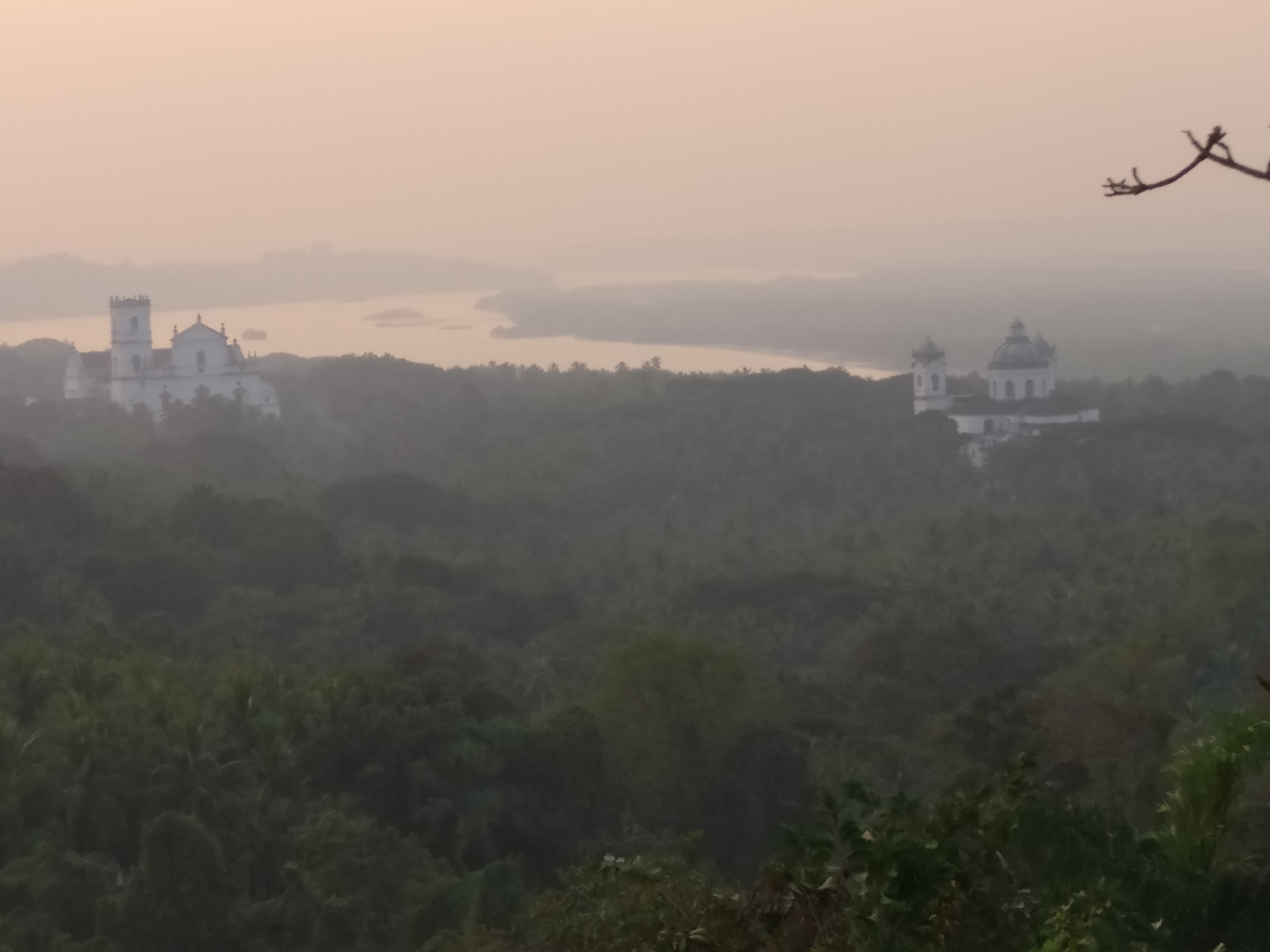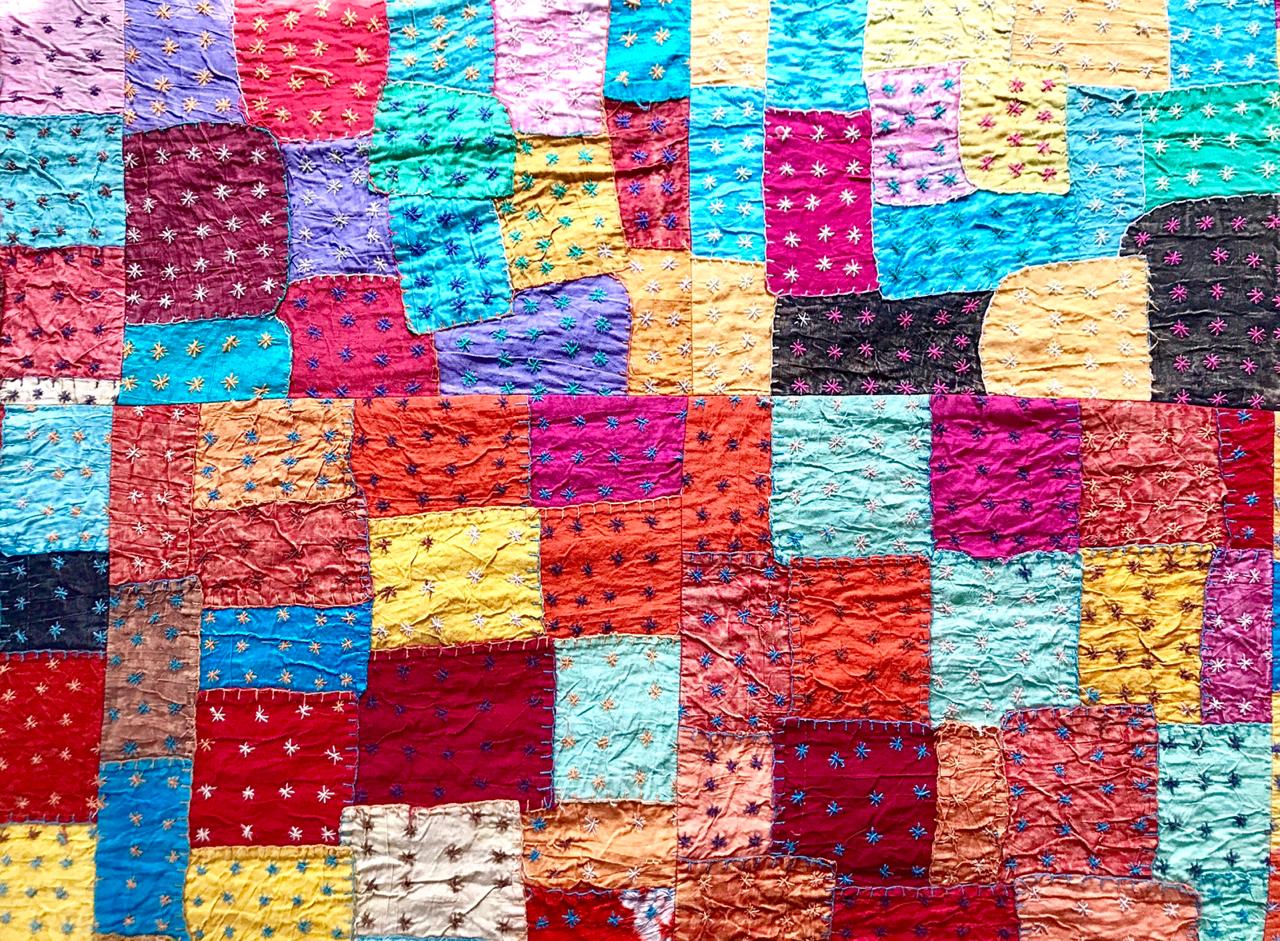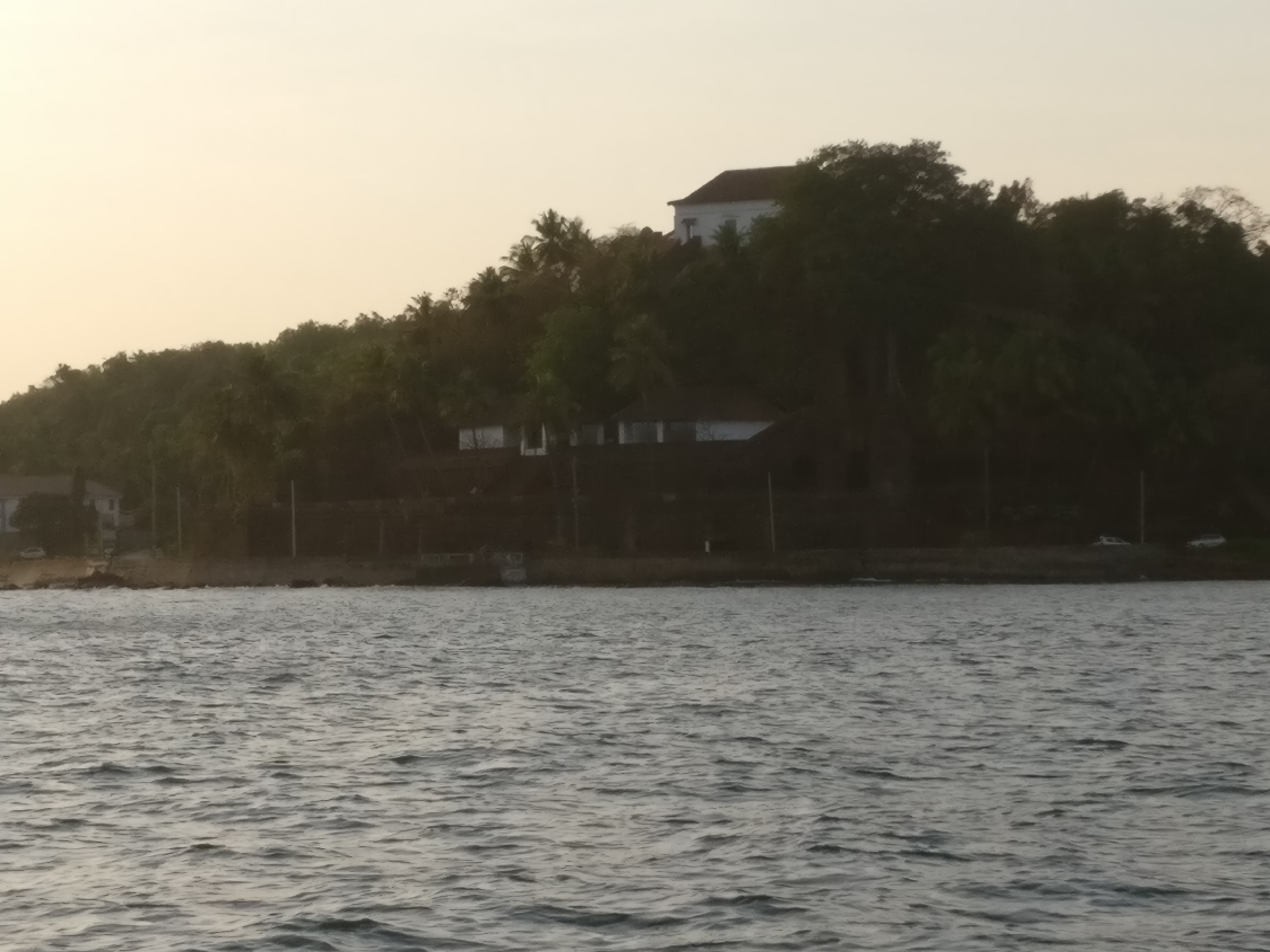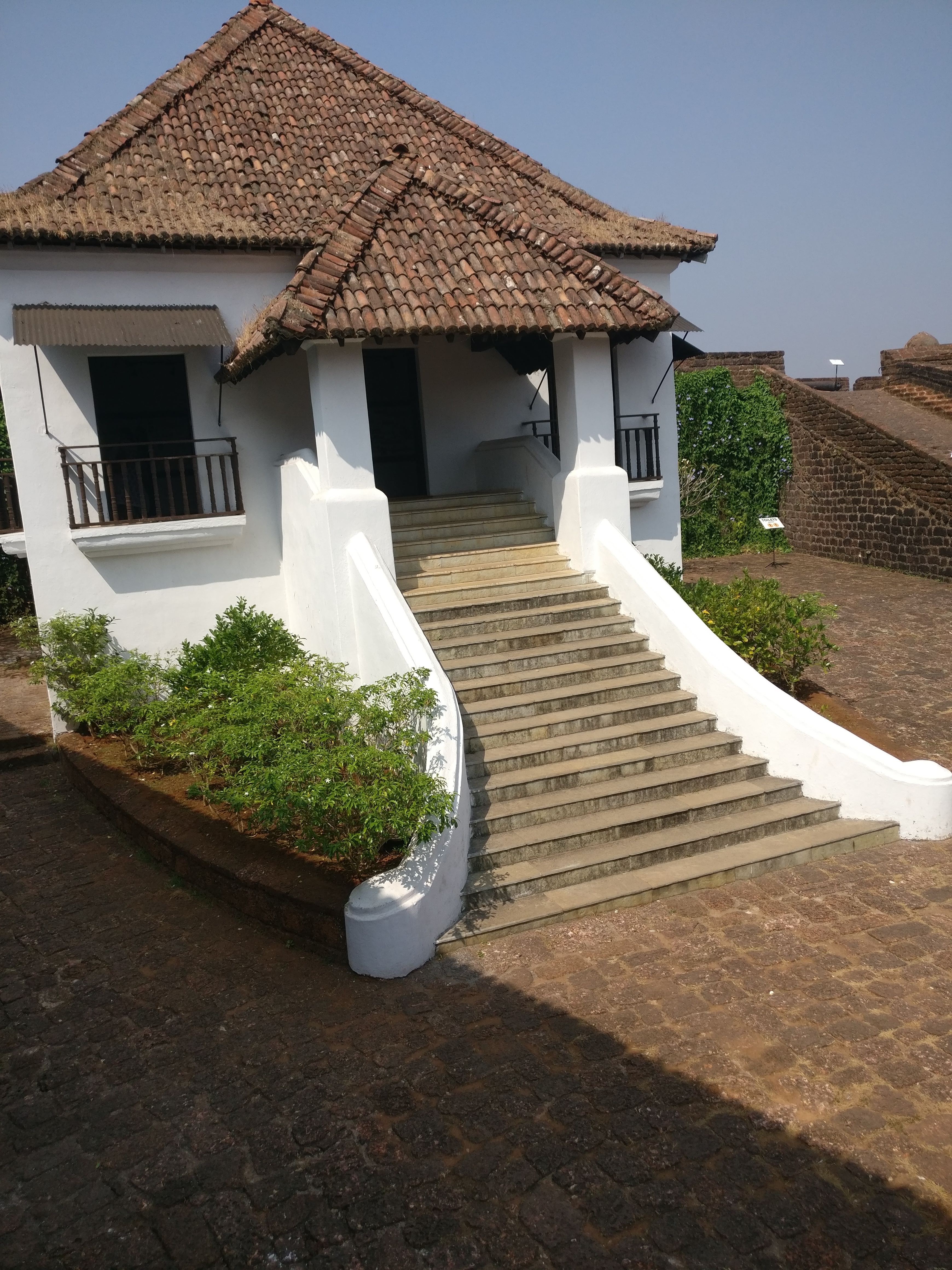If you take a turn into the lanes behind the Se Cathedral, Old Goa, you come to one of the most unique churches of Goa, the St. Cajetan Church and convent. Housed on a spacious land, surrounded by huge, old trees, and landscaped gardens, the church stands royally, as if looking heavenwards. Also called Velha Goa, Old Goa was the earlier capital of Goa during the Portuguese rule before it was shifted to Panjim (‘Velha’ in Portuguese means ‘old’). Though constructed by the Bijapur Sultanate which ruled Goa before the arrival of the Portuguese, it later became the seat of Roman Catholic Church of the East during the time of Portuguese rule. Hence it houses many churches and chapels, the most famous of them being Se Cathedral and Basilica of Bom Jesus.
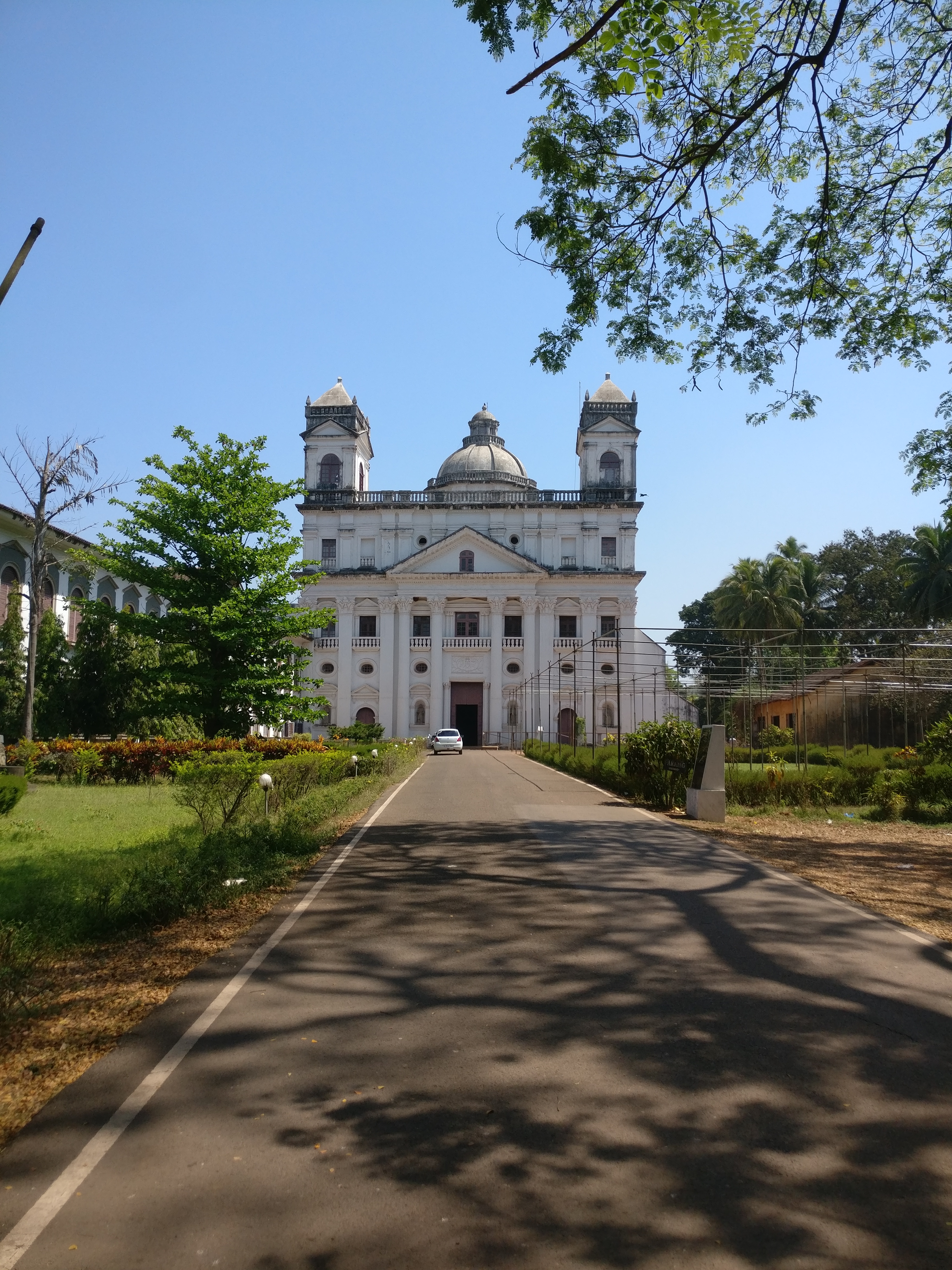
Saint Cajetan was an Italian priest, a religious reformer and the co-founder of the Theatines Order of the Christian Faith. Recognized as a saint by the Catholic Church, his feast day is celebrated on 7th August every year. It is believed that during the Portuguese regime in Goa, three Italian priests, on the command of the Pope, arrived to spread Christianity in 1639 and planned to build a hospital. Their work was interrupted by the Portuguese Viceroy Felipe Mascarenhas, but the priests eventually sought permission from the then king of Portugal, Dom Joāo IV. After building the hospital in 1955 they set up a church and a convent close to it. The church hence is supposed to have been modelled on St. Peter’s Basilica of Vatican City by the Italian architects Carlo Ferrarini and Francesco Maria Milazzo. Although the church is originally dedicated to Our Lady of Divine Providence, it was later named after St. Cajetan, who was a contemporary of St. Francis Xavier. The main altar is dedicated to Our Lady of Divine Providence and the largest altar on the right side is of St. Cajetan.
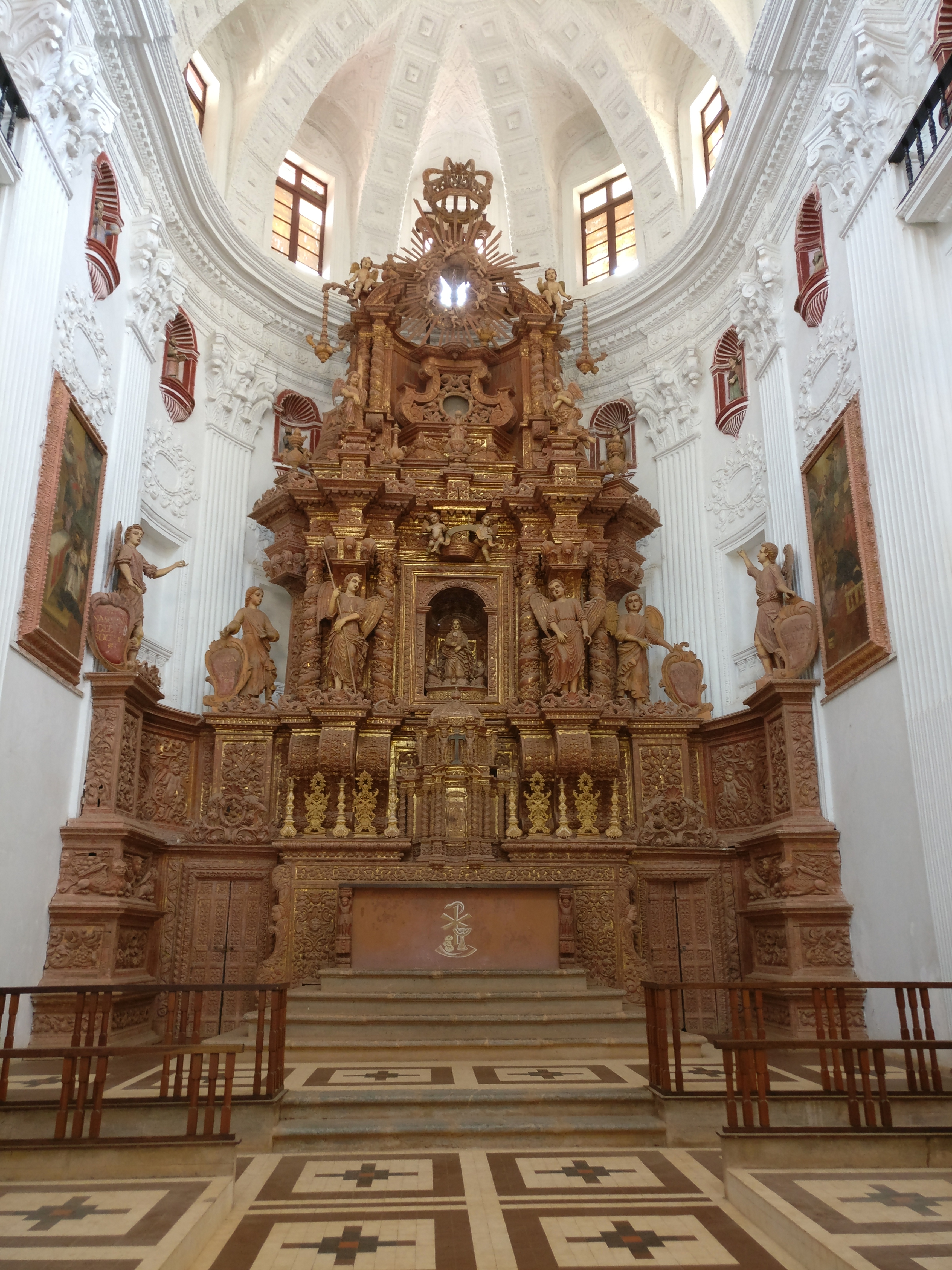
On the same grounds, as you enter the gate, on your left side, are the remains of the palace of Yusuf Adil Shah, with the main arch still standing erect. The palace was constructed just before the Portuguese took over Goa from the Muslim ruler who was ruling Goa and Bijapur in the present day Karnataka. It was supposed to have been destroyed around 1820 and the only surviving remnants are the arch and structural traces of the laterite walls around.
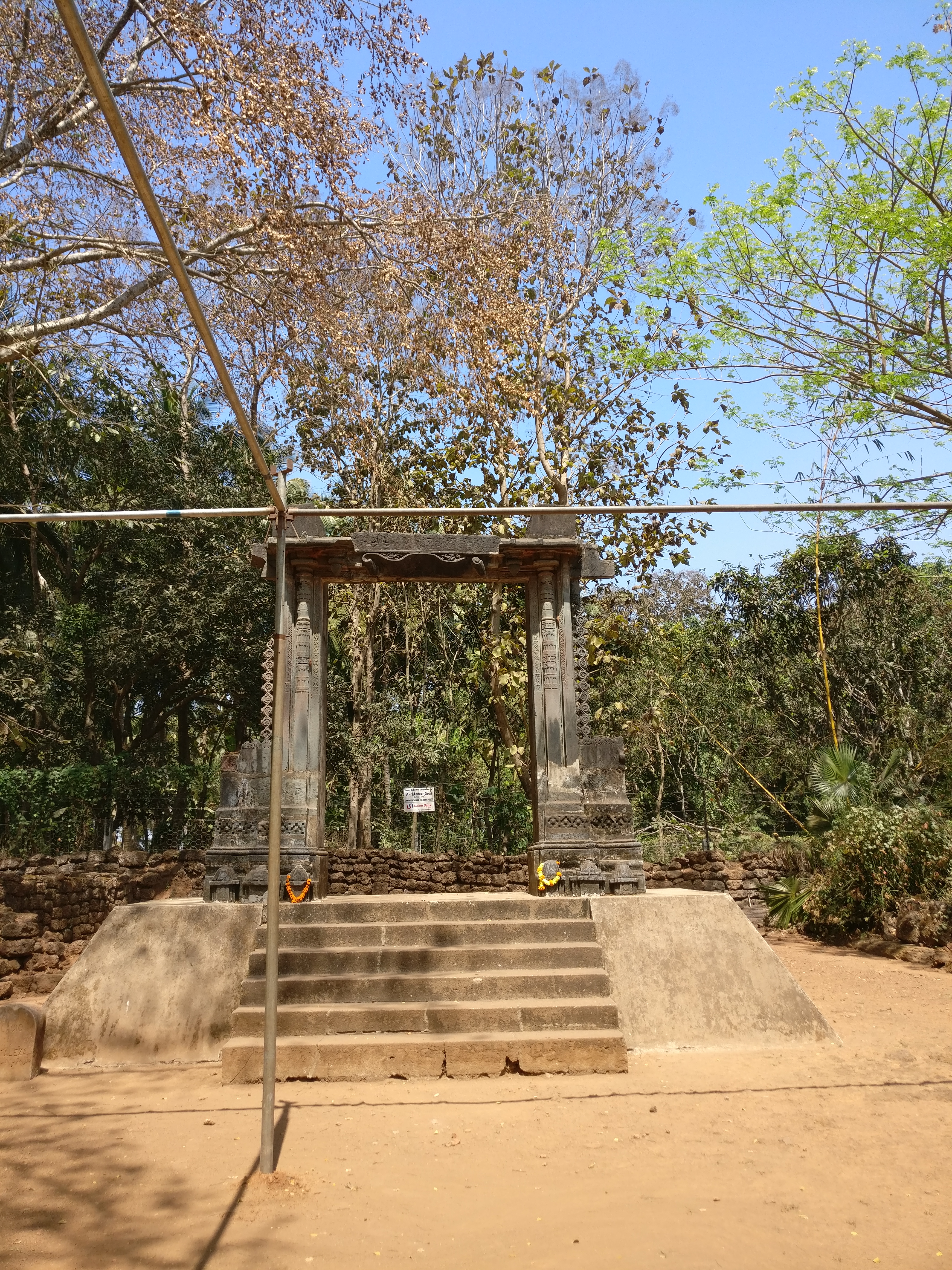
Today, perhaps St. Cajetan Church is the only domed church in Goa. With minimum number of tourists visiting it, the premises of the church exudes a peaceful environment and tourists as well as pilgrims enjoy a quiet moment of prayer and meditation in front of the altar.
